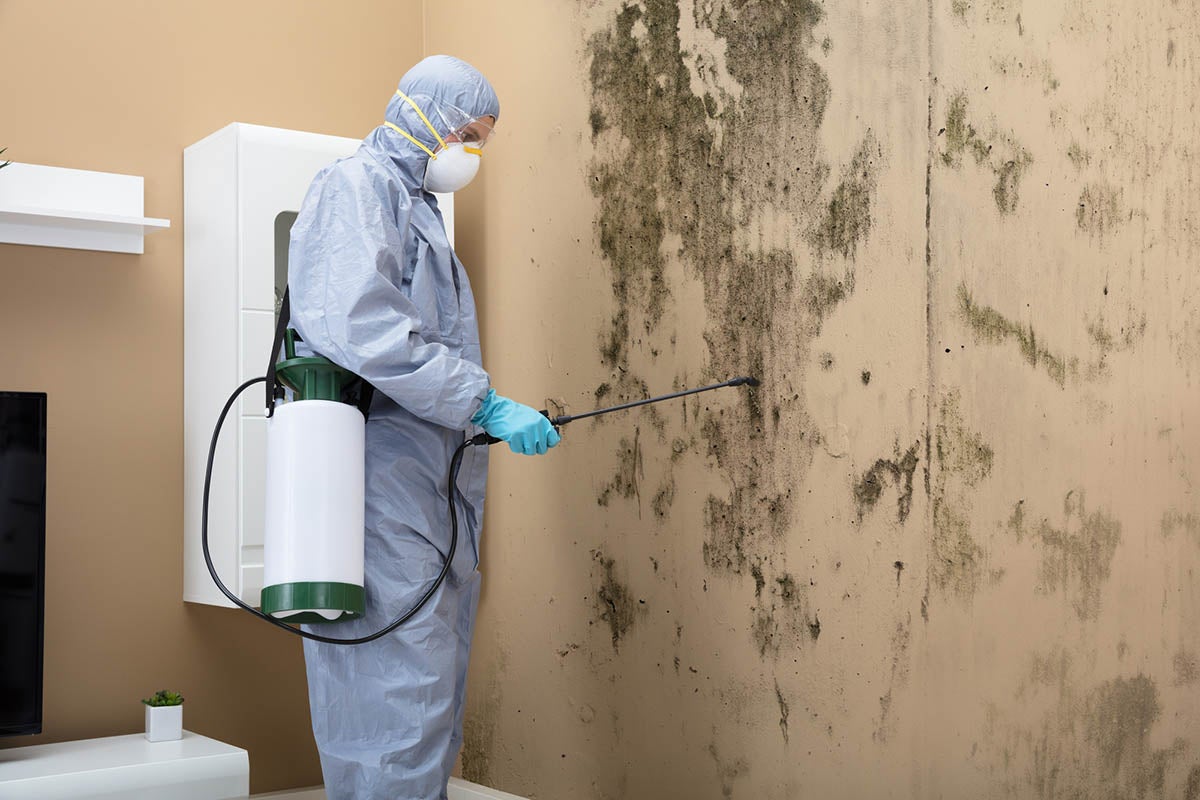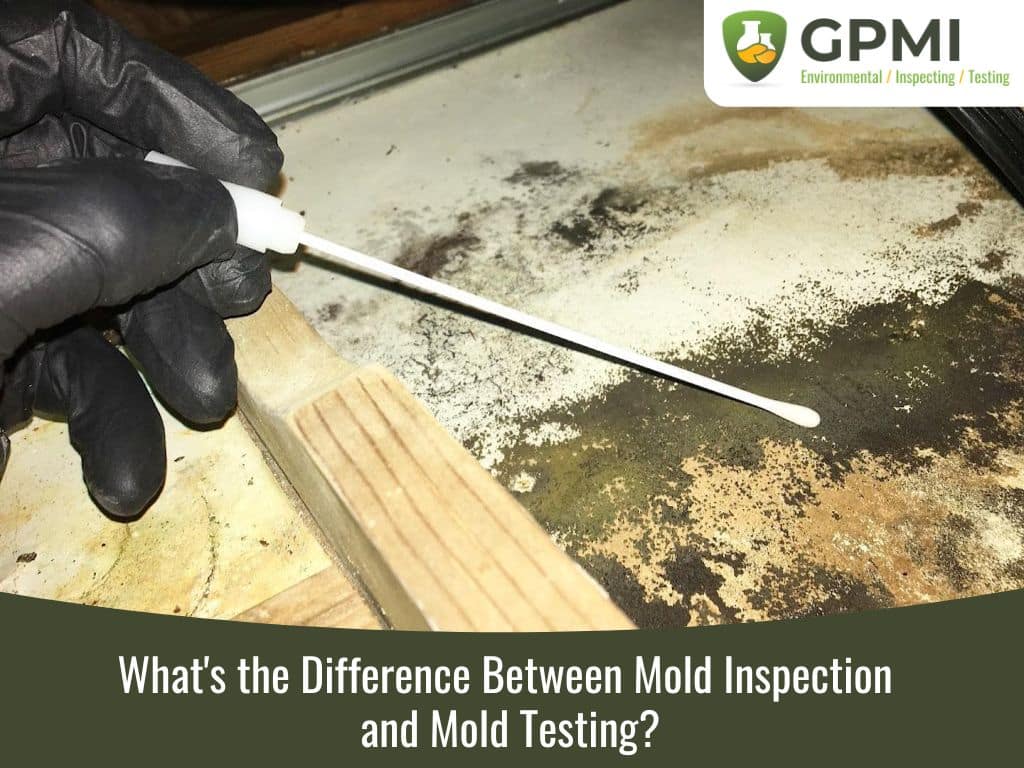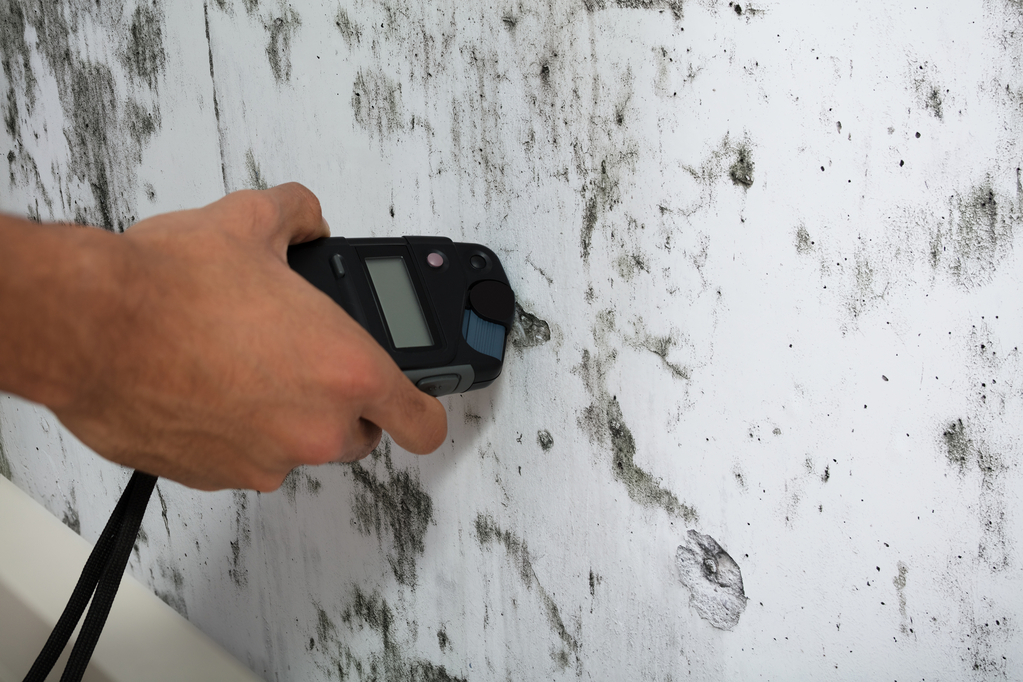Guidance on What to Do After Mold Remediation
Guidance on What to Do After Mold Remediation
Blog Article
Your Ultimate Guide to Blog Post Mold Removal Methods
Navigating the realm of post-mold remediation techniques is a careful process that demands attention to information and a thorough understanding of the details involved. In the after-effects of mold and mildew problem, understanding just how to successfully eliminate the mold and mildew and avoid its reoccurrence is critical for keeping a healthy and balanced indoor environment. From picking the right cleaning and sanitizing approaches to carrying out methods for lasting mold and mildew avoidance, each action in the removal trip plays a crucial role in guaranteeing an effective result. As we start this exploration of post-mold removal strategies, we will reveal the essential approaches and best methods that can aid you recover your area to its pre-mold problem and protect it versus future mold threats.
Comprehending Post-Mold Removal Process
After finishing the mold remediation procedure, it is important to understand the post-mold remediation methods that are essential to guarantee a thorough and efficient clean-up. When the mold and mildew has been gotten rid of, the following action involves cleaning and decontaminating the influenced locations to stop any kind of regrowth of mold and mildew. This consists of utilizing specialized cleaning up agents to clean down surface areas and kill any type of continuing to be mold and mildew spores. It is vital to dry the location completely to discourage the development of mold and mildew in the future (Post Remediation Inspection near me). Proper ventilation and dehumidification can assist in this process.
Additionally, performing a last assessment post-remediation is essential to ensure that all mold has been successfully removed. If the examination discloses any type of remaining mold, additional removal may be needed.
Efficient Cleansing and Sanitizing Approaches

Avoiding Future Mold Growth

Importance of Correct Air Flow
Appropriate air flow plays a vital duty in avoiding dampness build-up, a crucial consider mold growth within interior settings. Reliable ventilation systems assist eliminate excess moisture from the air, minimizing the chances of mold spores locating the wetness they need to spread out and sprout. Without sufficient ventilation, indoor spaces can come to be a breeding place for mold, resulting in the original source possible health threats and structural damages.
By ensuring correct air flow, ventilation systems can likewise aid in drying out wet areas extra swiftly after water damage or flooding incidents, further preventing mold development. After mold remediation. In areas like restrooms, attics, basements, and cooking areas where wetness degrees have a tendency to be greater, installing and maintaining reliable air flow systems is vital in avoiding mold and mildew problems

Tracking and Maintenance Tips
Given the important duty that proper air flow plays in avoiding mold development, it is crucial to develop effective monitoring and maintenance tips to ensure the ongoing performance of air flow systems. Surveillance humidity degrees within the residential or commercial property is likewise important, as high moisture can contribute to mold growth. By remaining alert and positive to the condition of air flow systems, home owners can properly reduce the danger of mold regrowth and keep a healthy indoor setting.
Verdict
To conclude, post-mold remediation methods are essential for ensuring a tidy and secure atmosphere. Comprehending the procedure, applying reliable cleansing and sanitizing techniques, protecting against future mold recommended you read development, keeping proper air flow, and routine monitoring are all important steps in the remediation procedure. By complying with these standards, you can successfully remove mold and mildew and avoid its return, advertising a healthy living or working space for all residents.
In the aftermath of mold problem, recognizing exactly how to efficiently eradicate the mold and avoid its reoccurrence is paramount for preserving a healthy and balanced indoor environment. As soon as the mold and mildew has actually been eliminated, the following action involves cleaning and disinfecting the affected locations to protect against any get redirected here kind of regrowth of mold and mildew - After mold remediation. After removing visible mold and mildew development, it is essential to cleanse all surface areas in the affected location to remove any type of continuing to be mold and mildew spores. To further enhance mold and mildew avoidance steps, it is vital to address underlying concerns that originally led to mold and mildew growth.Given the crucial role that correct air flow plays in stopping mold and mildew development, it is necessary to develop efficient surveillance and upkeep tips to ensure the ongoing capability of ventilation systems
Report this page